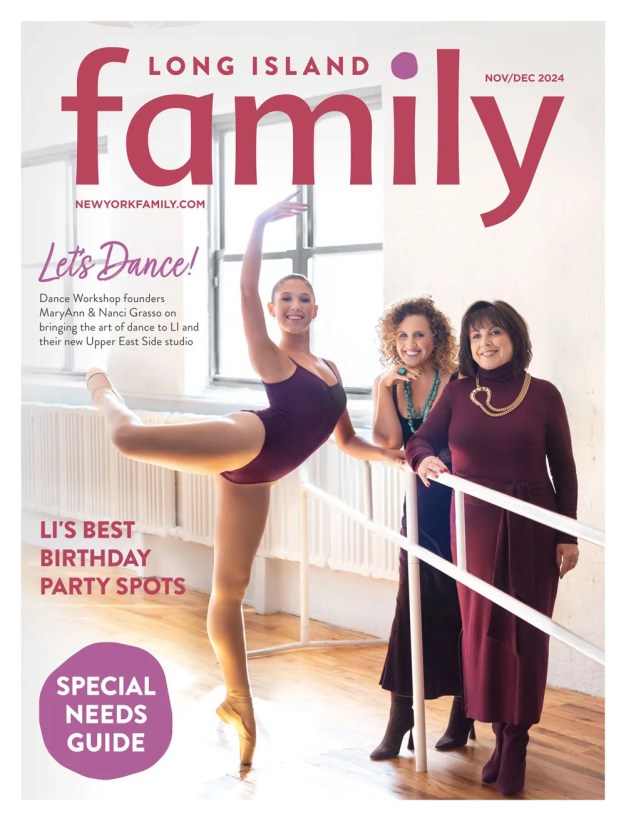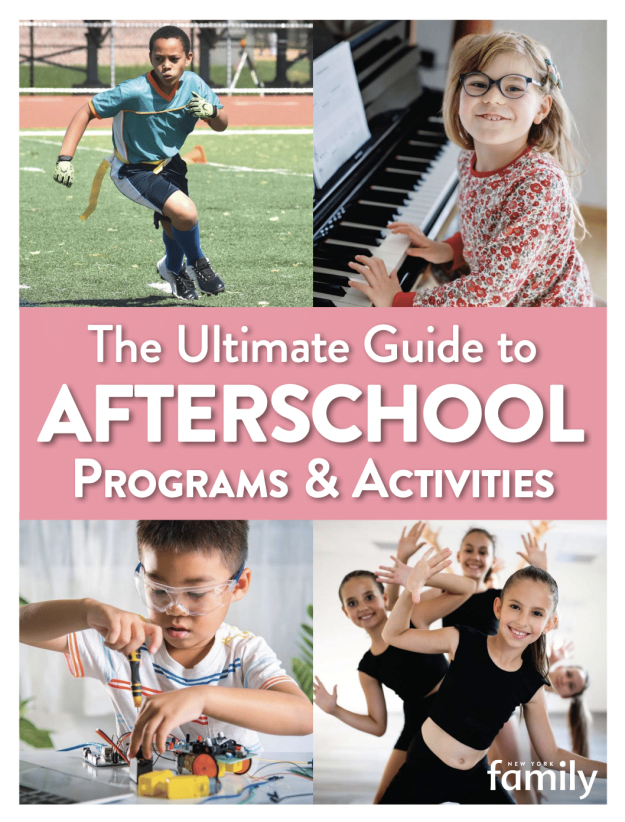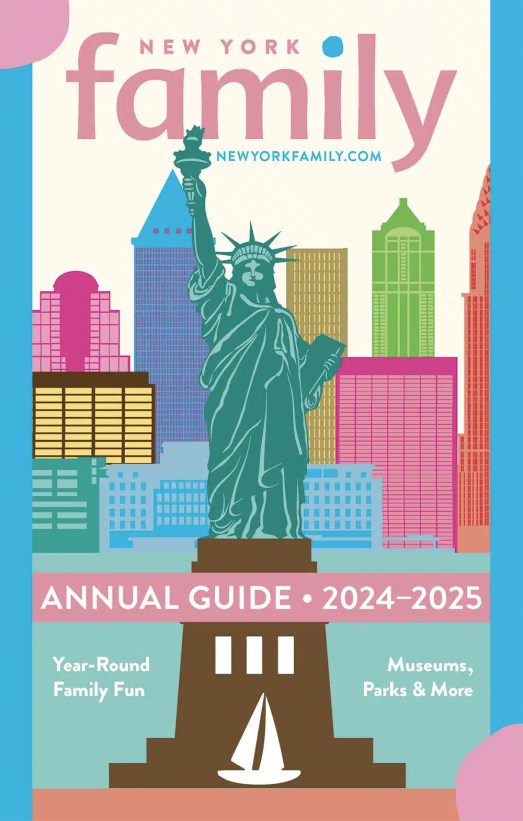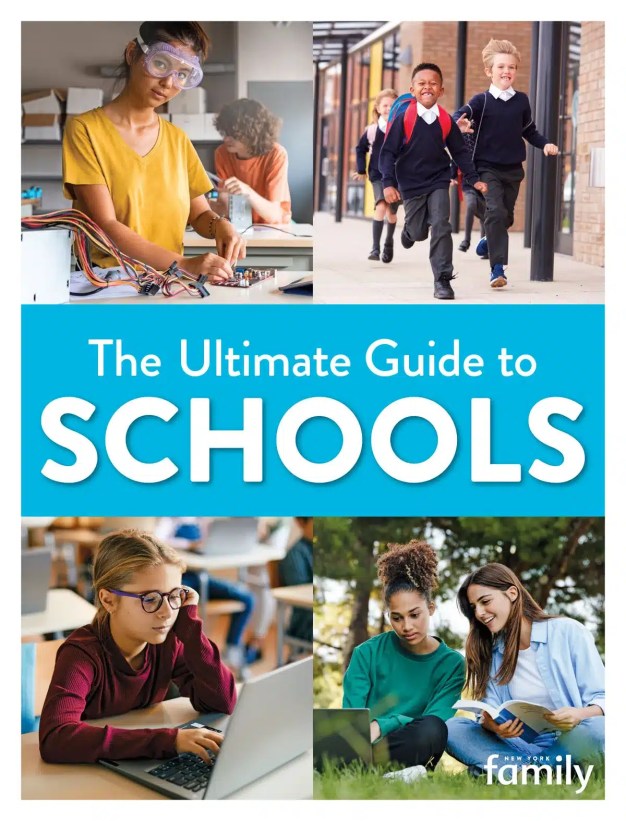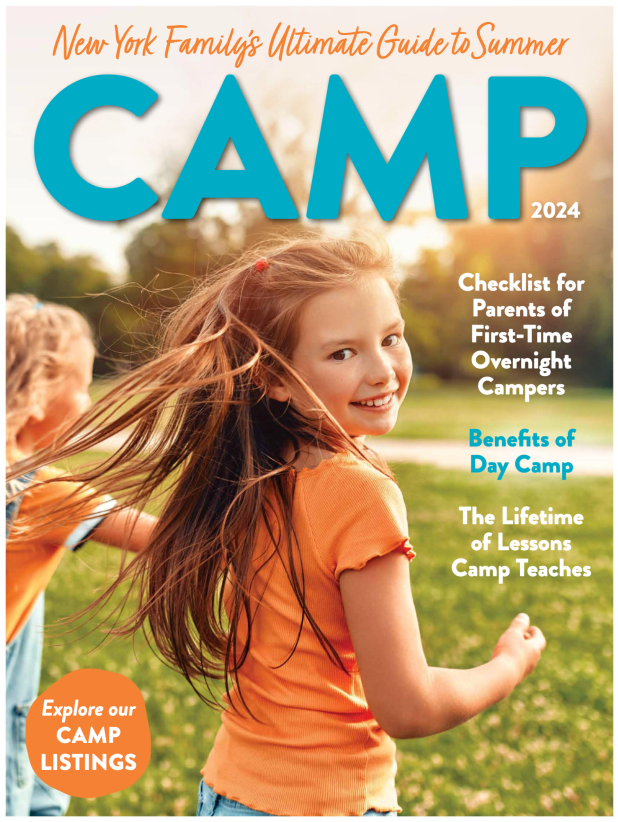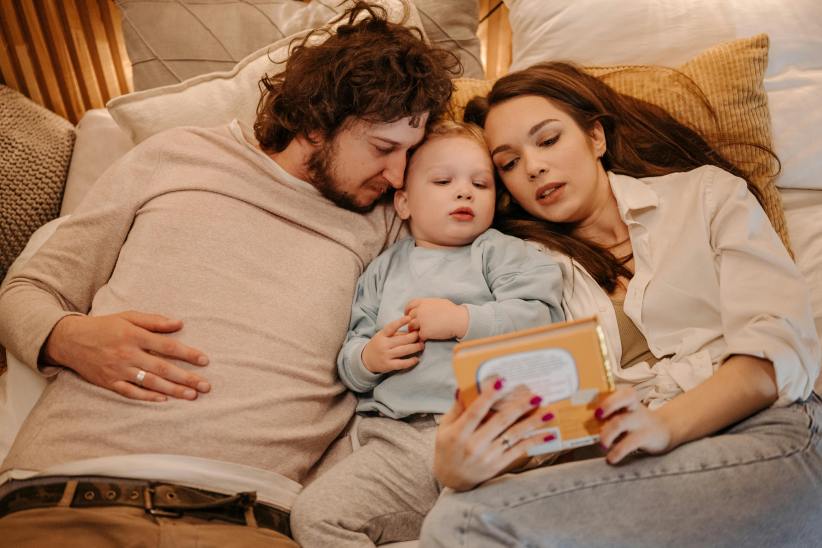 Like babies, birth stories vary—each one is fascinating and unique. Authors Eleanor Henderson and Anna Solomon are the editors of Labor Day: True Birth Stories by Today’s Best Women Writers, published last April by Farrar, Straus and Giroux. The book is an anthology of all kinds of birth journeys and experiences—home birth, Caesarian birth, un-medicated and medicated births, losing a baby, adoption, and infertility. There are many ways to become a mother, and these stories capture these different journeys in all their messy, unpredictable glory.
Like babies, birth stories vary—each one is fascinating and unique. Authors Eleanor Henderson and Anna Solomon are the editors of Labor Day: True Birth Stories by Today’s Best Women Writers, published last April by Farrar, Straus and Giroux. The book is an anthology of all kinds of birth journeys and experiences—home birth, Caesarian birth, un-medicated and medicated births, losing a baby, adoption, and infertility. There are many ways to become a mother, and these stories capture these different journeys in all their messy, unpredictable glory.
“There’s this culture where there’s so much choice and information, and there’s pressure and judgment from each other and ourselves—with C-Sections and births that don’t go as expected,” Solomon explains. “So it was important that we had a wide variety [of experiences in the book].”
The idea for the book came about very naturally. “The original impetus was that Anna and I had babies around the same time, and when I was pregnant, I was asking women for their birth stories. After Anna gave birth, she gave me the most poignant story of all of my friends. We both were engaged with the idea of collecting a number of birth stories together. So it really began as a personal project,” Henderson says.
Solomon adds: “There were so many books on how to prepare for childbirth, but no stories of how it actually went down. There were no personal stories about how women had babies and after they had them, sharing the stories as way of reflecting and connecting with other women.”
The book’s website has a place where women can share their own birth stories with a positive and encouraging community. “In their best form, stories can bring people together… We hope that readers will learn to change their responses to hearing stories about each other’s births,” Henderson says. “If we don’t see ourselves reflected [in the stories], we become uncomfortable. Instead, we should be treating other people’s stories with awe.” Labor Day seeks to join women together, to, as Solomon says,“start conversations in kitchens and living rooms, where women share their stories in person about their disappointments and glory.”
The book includes contributions from Edan Lepucki, Heidi Julavits, Dani Shapiro, Cheryl Strayed, and many other prominent female writers. Here, with the permission of the editors, are excerpts of two featured essays.
From “Lucky” by Heidi Julavits, author and co-editor of The Believer magazine
My first child was born in a sparsely populated Maine county, where the nearest hospital is considered more hindrance than help in matters of mortality prevention. Many of the doctors who work at this hospital give birth at home. So do many of my friends. Despite compelling evidence against the hospital, however, my husband wanted to go to the hospital. “If something happens to you or the baby, everyone will blame me,” he said. This might sound paranoid, but it’s actually just true, and a fine-enough reason to choose a bad hospital over a good home. Birth makes people blame other people. Even when nobody dies, there is blame galore. You should have waited to go to the hospital. You should have gone earlier. You should have said no to this and yes to that.
We said no to home birth and yes to the hospital. When we arrived, we were told that the only available room was a large supply closet. The outlets in the supply closet were so distantly and inconveniently located that whenever the nurse tried to measure my daughter’s heartbeat with the electric heart monitor, the plug was yanked from the socket. He repeatedly attempted and failed to angle the monitor on my stomach without dislodging the plug. Finally, he gave up. “I’m sure she’s fine,” the nurse said. Throughout my labor, random people came in to peruse the shelves of the supply closet for gauze or whatever. I was never offered an epidural because this hospital didn’t stock epidurals. For pain relief, they typically administered an analgesic that was popular in the eighties. Neither was this offered. My daughter, when born, cried. This was considered so unusual that the doctor asked if I had taken any weird drugs during labor, like weirder, I guess, than the eighties-era analgesic no one had given me. (To be fair to this doctor, there’s an Oxycontin problem in this part of Maine, and the people who end up giving birth in hospitals tend to be drug addicts uneducated about their baby’s health—otherwise, duh, they would stay at home—which precipitates signs on the hospital walls such as PLEASE DO NOT SMOKE DURING YOUR ULTRASOUND.) The doctor could not tell me how to breast-feed, because she didn’t have any children and had never breast-fed and so (according to her) possessed no information on this topic. She’d spent the entirety of my labor in the hallway, reading a Sue Grafton novel.
When I was finally moved to a proper room, I found a pair of gigantic bloody underpants on the bathroom floor.My husband said, “I guess we should have stayed home.”
From “Live from the NICU” by Sarah Strickley, writer, fine arts editor, assistant editor for Barrelhouse, and fiction workshop teacher
Throughout the pregnancy, I’d wondered what labor would feel like, whether I would manage to endure it, how I would hold up. Would I make a fool of myself or prove myself weak? The presence of the anesthesiologist’s equipment was both a comfort and a terror for this reason. This is a test, it said. Are you passing or failing?
When I closed my eyes, I envisioned a red, glowing cup. In my mind, I endeavored not to drop the cup as the heat around it grew. I realize in retrospect that this visualization was likely a result of my sense that I wasn’t ready to deliver this baby. As it turns out, the desire to withhold is precisely the opposite of the desire to release required of the birthing process. By four in the afternoon, I was wavering. I didn’t know if I could maintain the suspension. I knew the IV and epidural were stationed somewhere nearby.
When I announced my ambivalence, the midwife emerged, pronounced me “dilated enough” at nine centimeters, and began preparations for the pushing phase. Having passed the first test, I was eager to get cracking with phase two. I expected instinct to kick in, but instead, I was confounded. I didn’t know what pushing meant or how it was supposed to happen. When I screamed out in pain, the midwife told me to get ahold of myself. Stunned, I settled into a quiet seethe of resentment until she and the nurse began to force back my legs. In my most panicked moment, I tried to kick them both away. I tried to flee labor. The problem was that my mind was corralled inside the idea that we could go back to the purgatory of triage and say this wasn’t real labor after all: Can we please go home and try this another time?
When the nurse suggested I get on my knees and face the back of the hospital bed with my head and arms flung over the top, I made no argument. With my legs stabilized, I realized what pushing meant and resolved to get the baby out—as though I was only conceding to the wishes of the hospital staff. Once my daughter’s head began to emerge, I was repositioned on my back and went through a series of unproductive pushes. This was the ring of fire the oracle of the Internet had warned about, and we were caught inside it. Soon my contractions dissipated, and the nurse and midwife were counting off nonexistent waves. I didn’t bother telling them they were wrong. They were witnessing their own ideas of what was meant to happen. I was in another room altogether.
I suppose we’re always alone in our pain, but we are rarely positioned appropriately to view the isolation accurately. Most of the choices with which we are presented in childbirth are secondary to the one most important in practice: We must be prepared to labor alone, even in the company of others, even with the brilliantly blinding help of loved ones. Perhaps the debates regarding childbirth are so heated because in the end it’s one woman’s experience, not a shared cultural phenomenon. It’s you and your pain;
it’s you and it’s your baby.
I don’t know why the push that delivered her was the one that brought her into the world. It didn’t feel different from the others, but there she was. In less than two days, we were wheeled into the sun together. In less than a week, we were headed back from whence we’d come.
To learn more about Labor Day, visit labordaybook.com.




